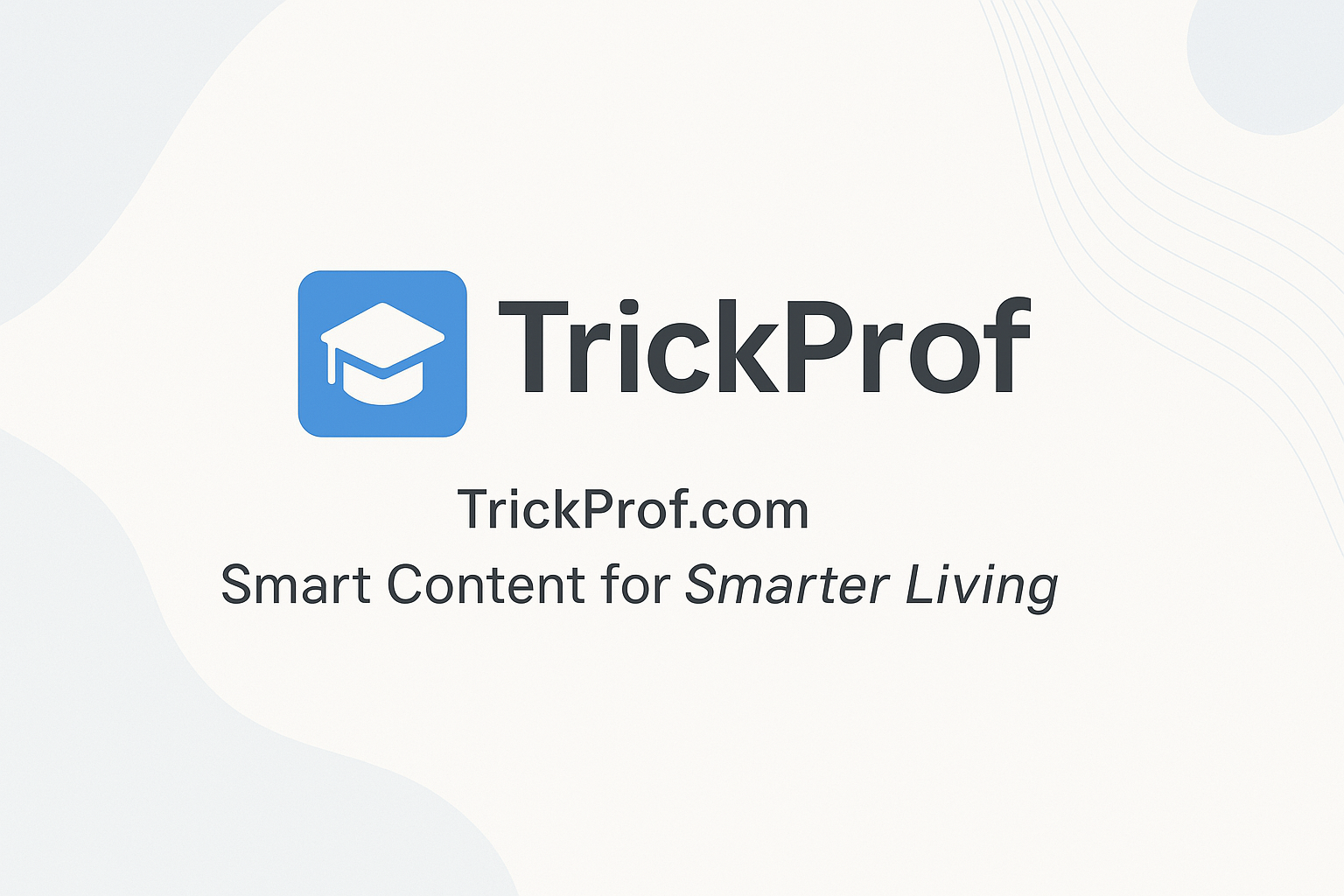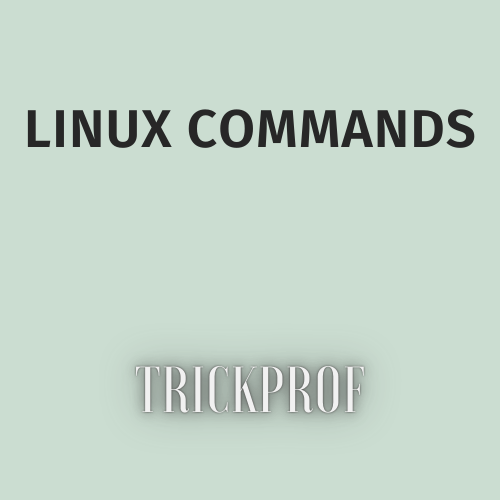A Comprehensive Guide to OOP in PHP

Introduction to OOP
Object-Oriented Programming (OOP) is a programming paradigm that uses "objects" to design software. PHP supports OOP, allowing developers to create modular, reusable code. OOP helps in organizing complex programs and makes it easier to manage and maintain code.
Classes and Objects
- Class: A class is a blueprint for creating objects. It defines properties (attributes) and methods (functions) that the objects will have.
- Object: An object is an instance of a class. It is created based on the class blueprint.
Example:
class Car { public $brand; // Public property public $model; // Public property public function __construct($brand, $model) { $this->brand = $brand; $this->model = $model; } public function honk() { return "Beep!"; } } // Creating an object of the Car class $myCar = new Car("Toyota", "Corolla"); echo $myCar->honk(); // Output: Beep! ?>
Access Modifiers
Access modifiers control the visibility of properties and methods in a class. PHP has three main access modifiers:
- Public: Accessible from anywhere (inside and outside the class).
- Private: Accessible only within the class itself.
- Protected: Accessible within the class and by derived classes (child classes).
Example:
class BankAccount { private $balance; // Private property public function __construct($balance = 0) { $this->balance = $balance; } public function deposit($amount) { if ($amount > 0) { $this->balance += $amount; // Accessing private property } } public function getBalance() { return $this->balance; // Accessing private property } } $account = new BankAccount(); $account->deposit(100); echo $account->getBalance(); // Output: 100 ?>
Static Properties and Methods
- Static: Static properties and methods belong to the class itself rather than to any specific object. You can access them without creating an instance of the class. Static members are useful for values or methods that are shared across all instances of a class.
Example:
class Math { public static $pi = 3.14; // Static property public static function areaOfCircle($radius) { return self::$pi * $radius * $radius; // Using static property } } echo Math::areaOfCircle(5); // Output: 78.5 ?>
Constructors and Destructors
- Constructor: A constructor is a special method that is automatically called when an object is created. It is used to initialize properties of the object.
- Destructor: A destructor is a special method that is automatically called when an object is destroyed. It is used to perform cleanup tasks, such as closing database connections.
Example:
class User { public $name; public function __construct($name) { $this->name = $name; // Initialize property echo "User {$this->name} created.<br>"; } public function __destruct() { echo "User {$this->name} destroyed.<br>"; // Cleanup } } $user1 = new User("Alice"); // Output: User Alice created. unset($user1); // Output: User Alice destroyed. ?>
Inheritance
Inheritance allows one class (child class) to inherit properties and methods from another class (parent class). This promotes code reusability and establishes a relationship between classes.
Example:
class Animal { public function speak() { return "Animal speaks"; } } class Cat extends Animal { // Cat inherits from Animal public function speak() { return "Meow"; } } class Dog extends Animal { // Dog also inherits from Animal public function speak() { return "Woof"; } } $myCat = new Cat(); $myDog = new Dog(); echo $myCat->speak(); // Output: Meow echo $myDog->speak(); // Output: Woof ?>
Polymorphism
Polymorphism allows different classes to use the same method name but behave differently. This is useful when you want to treat different objects in a similar way.
Example:
class Bird { public function fly() { return "Flies in the sky"; } } class Penguin extends Bird { public function fly() { return "Cannot fly"; } } function makeBirdFly($bird) { echo $bird->fly(); } $sparrow = new Bird(); $penguin = new Penguin(); makeBirdFly($sparrow); // Output: Flies in the sky makeBirdFly($penguin); // Output: Cannot fly ?>
Common Mistakes and Best Practices
Common Mistakes:
- Not Using Access Modifiers: Forgetting to declare properties and methods as public, private, or protected can lead to unintended access and security issues.
- Overusing Static Members: While static properties and methods can be useful, overusing them can lead to code that is hard to test and maintain.
- Ignoring Constructor and Destructor: Not using constructors and destructors properly can lead to uninitialized properties or memory leaks.
Best Practices:
- Use Meaningful Names: Choose clear and descriptive names for classes, properties, and methods to improve code readability.
- Encapsulation: Keep properties private and provide public methods to access and modify them. This protects the integrity of the data.
- Single Responsibility Principle: Each class should have one responsibility or purpose. This makes the code easier to understand and maintain.
- Comment Your Code: Use comments to explain complex logic or important decisions in your code.
Performance Considerations
- Memory Usage: OOP can consume more memory than procedural programming due to the overhead of objects. Be mindful of this when designing large applications.
- Execution Speed: While OOP can introduce some overhead, the benefits of maintainability and reusability often outweigh the performance costs. However, for performance-critical applications, consider profiling and optimizing your code.
- Autoloading: Use autoloading to load classes only when needed, which can improve performance by reducing the initial load time.
Further Reading and Resources
- Books:
- "PHP Objects, Patterns, and Practice" by Mika Schwartz
- "Modern PHP: New Features and Good Practices" by Josh Lockhart
- Conclusion
Object-Oriented Programming (OOP) in PHP is a powerful way to organize your code using classes and objects. By understanding the basic concepts of classes, access modifiers, static properties and methods, constructors, destructors, inheritance, and polymorphism, you can write cleaner and more efficient code. OOP makes it easier to manage and reuse your code, which is essential for building larger applications.
By following best practices and being aware of common pitfalls, you can leverage the full potential of OOP in your PHP projects. Start using OOP in your applications today to improve maintainability, scalability, and overall code quality.
Tags
We are Recommending you:
- Top VS Code Extensions for 2025 – Super Easy Picks!
- Convert a .pem file into a .ppk
- Best Practices for Microservices
- SQL vs. MongoDB
- ChatGPT vs. DeepSeek: A Simple Comparison
- 5 Lesser-Known WordPress Plugins to Supercharge Your Website in 2025
- Indian currency INR symbol on pdf using dompdf
- Git Commands: A Complete Guide for Developers
- The Developer’s Guide to Debugging WordPress Like a Pro
Leave a comment
Comments

Master Your Time with the 80/20 Rule: A Simple Guide
Master Your Time with the 80/20 Rule: A...

Get Control of Your Time: 6 Easy Ways to Do More
Get Control of Your Time: 6 Easy Ways...

10 Inspiring Success Stories of Indian Entrepreneurs in 2025
India’s startup space is booming in 2025....

10 Inspiring Success Stories of Indian Entrepreneurs in 2025
India breeds dreamers who build empires....

Top VS Code Extensions for 2025 – Super Easy Picks!
VS Code is awesome for coding, and...

Simple Ways to Step Out of Your Comfort Zone and Grow
Step Out of Your Comfort Zone: 10 Powerful...

DBMS interview question
1. What is database?A database is a...

Install Zip and Unzip in Linux
Zip is a command-line utility tool used for...

8 powerful brain-training apps and games
In today’s world, mental agility is a...